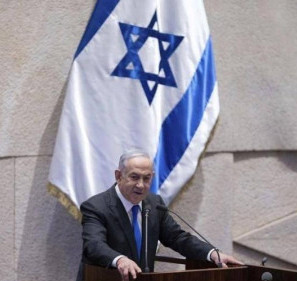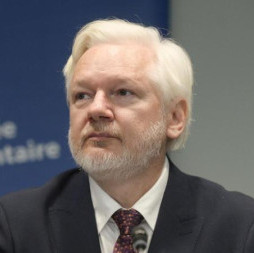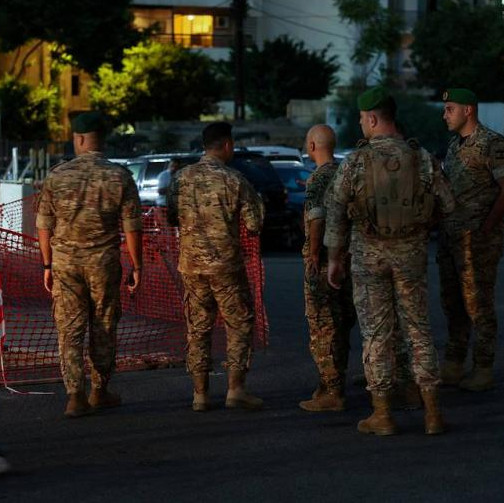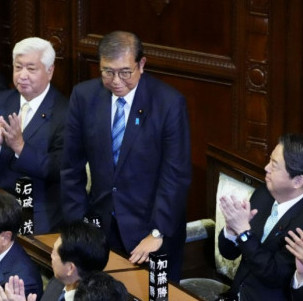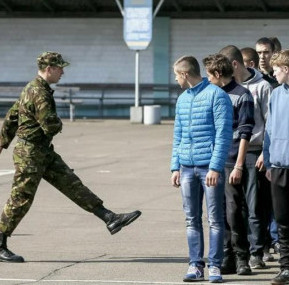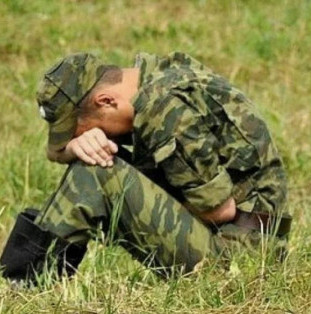An example of their attempts is the conflict around Auschwitz, the biggest Nazi concentration camp. Malgorzata Szniak, culture attaché of the Polish Embassy in Moscow, said the museum’s administration was opposed to the Russian exposition. Piotr Setkiewicz, head of the museum archive, believes that the Russian party has exaggerated the number of Soviet prisoners in the camp and did not provide accurate information about their origin. People from the "occupied territories" (i.e. West Ukraine and part of Belarus, which became part of the Soviet Union in 1939 after the Molotov-Ribbentrop Pact) should be listed as citizens of Poland and not of the Soviet Union, the museum's administration believes.
The Auschwitz museum is situated in southern Poland, 70 km from Krakow. It was decided to keep this grim place, known also as the Death Camp, intact in order to preserve the evidence of the crime against humanity committed here. The exact number of its victims is still unknown, because all documents had been destroyed before the Red Army’s onslaught, and the prisoners were sent on a lethal march westwards. At the Nuremberg Trials, the camp’s first commandant, Rudolf Hoess, testified that as many as 2.5 million people had been killed in its gas chambers. According to present estimates, this figure was significantly higher. The camp’s prisoners were citizens of different countries: Poland, Austria, Belgium, the Czech Republic, Denmark, France, Greece, the Netherlands, Yugoslavia, Luxembourg, Germany, Romania, Hungary, Italy, the Soviet Union, Spain, Switzerland, Turkey, Britain and the United States. This place was especially tragic for Jews and Gypsies, who were mercilessly exterminated here. Even more horrible that this place of mass murders itself is the evidence that human remains were used as processed raw materials.
Auschwitz was not just the biggest camp. Researchers say that out of 7.5 million people that died in Nazi camps in 1939-1945, Auschwitz accounted for 4 million. In other camps only every tenth prisoner survived, but here only those whom the Nazi did not have time to kill lived to see the victory. In summer 1941, Hitler soldiers tested a poison gas on Poles and six hundred Soviet prisoners. They were the first out of the 2.5 million victims of Zyklon B.
Today Polish state officials do not want to open Russia’s exposition in the Auschwitz museum, delivering an ultimatum: Russia has first to acknowledge the fact of Poland’s occupation by the Soviet Union.
They have, apparently, forgotten that WWII began in September 1939 when the Nazi troops entered Poland. That each day of Nazi occupation took an average toll of 3,000 Poles. That Auschwitz, like the rest of Poland, was liberated by the Red Army in 1945. These facts now irritate Polish politicians, who regret that their country was in the Soviet, not British or American, zone. By now, however, Poles have become “full-fledged Europeans.” They now share responsibility for the operation in Iraq together with the U.S. and Britain. And they are turning Auschwitz, whose prisoners were liberated by Soviet soldiers, into a symbol of Poland’s occupation by the same army.
The atrocities of Auschwitz have always been a sufficient argument against nationalism, racism and totalitarianism. Yet we must admit that none of these phenomena has killed as many innocent people as Auschwitz. It is not ideology that kills, it is always people, and their ideology in this case is not too relevant. No one thought of an ideology when bombing Yugoslavia, Iraq or Afghanistan. Perhaps, we should transfer the Russian exposition from Poland to Belarus and try to find out who exactly was executing Jews in Auschwitz – Germans or Poles. How many Poles served with the SS? How many worked at the camp as servants? It could be interesting…
Another example of the Polish authorities’ lack of humanity and spirituality is a bill in consideration that will allow local authorities to “effectively dismantle monuments and symbols of foreign rule over Poland,” which, of course, refers first of all to Soviet monuments.
Polish Culture Minister Kazimierz Ujazdowski has said that thanks to the bill “symbols of Communist dictatorship will disappear from Polish cities as alien to the Polish tradition.” One of the first to go will be the monument to Polish-Soviet brothers-in-arms, installed in Warsaw in 1945.
All political factors put aside, this intolerance of monuments and graves testifies to complete lack of humanity.
As a fairly “young” member of the European Union, Poland is badly trying to stress that it is civilized. Yet its attitude to historical monuments proves the opposite. Poland could learn from other EU members, where monuments are carefully protected. Notably, no one in Germany would think of dismantling the monument to the Soviet soldier. This is history; its lessons should be held before our eyes in order to avoid the mistakes of the past. No matter how actively the United States opposes Marxism and Communism, no one is trying to dismantle the monument to Karl Marx installed many years ago in an American city. This proves once again that one of the main measures of a civilized society is its attitude towards monuments.
Disrespect to the memories of the dead contradicts the principles of any democratic state. Common graves that are memorable for many people cannot be used in political or other purposes. These places should have proper monuments immortalizing the memories of those who died fighting Nazism. It was no coincidence, after all, that Germans have undertaken to preserve all memorials and wartime graves.
The victory in WWII is a common achievement of more than 50 nations that fought against Nazi Germany and its allies. But the price they paid was different. The Soviet Union made the decisive contribution to the victory. The fate of the humankind was decided at the East front. Perhaps, this is why Soviet people had to pay the highest price. Over 600,000 Soviet soldiers died liberating Poland. The memories of those who sacrificed their lives to liberate the world from Nazism cannot be used for political profiteering on history.
